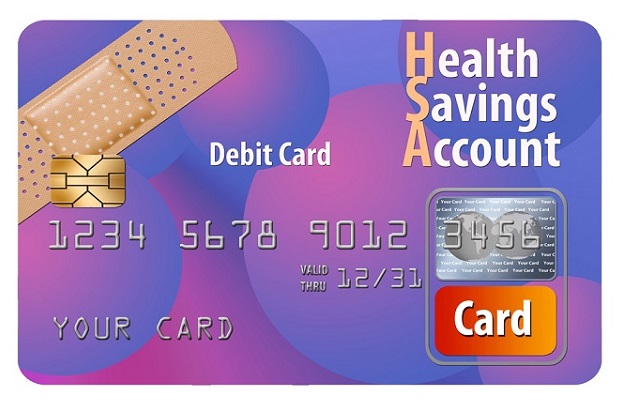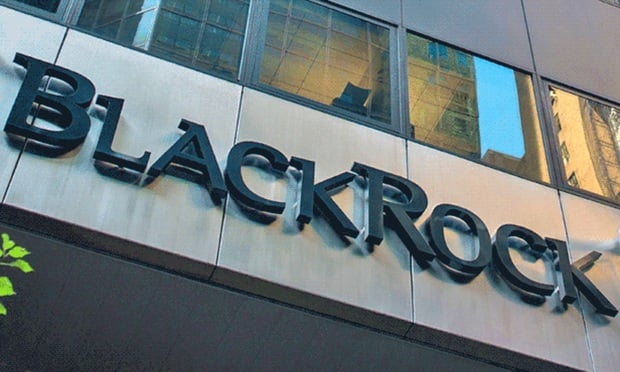
6. LEGISLATION
- One third of plan sponsors with a qualified automatic contribution arrangement will increase their automatic escalation rate as a result of the SECURE Act.
- Three-fourths of DC plans signaled they are very unlikely to join a multi-employer plan or pooled employer plan.
- Three-fourths adopted coronavirus-related distributions under the CARES Act, while only approximately 40 percent increased loan maximums. (Photo: Shutterstock)

1. GOVERNANCE
- There was a 20 percent increase in total committee meetings in 2020. The effects of the pandemic were seen in a sharp increase in virtual meetings (up 86 percent), while in-person meetings decreased by 62 percent.
- Internal legal counsel attending meetings increased (from 11 percent to 56 percent), while external legal counsel attending meetings increased slightly (21 percent to 25 percent) over three years.
- The top areas of fiduciary focus were governance and process; investment structure evaluation; and fund/manager due diligence. (Photo: Shutterstock)

2. PLAN DESIGN
- Roth deferrals (79 percent) and automatic enrollment (70 percent) were the most common enhanced savings features available.
- Among other savings features available in plans, traditional after-tax contributions (68 percent) saw a renaissance due in large part to the availability of Roth in-plan conversions, which were first available in 2010 on a limited basis and expanded in 2013.
- 1 in 10 plans reduced or suspended the match in 2020. More than 8 in 10 of that group will reinstate the match. (Photo: Shutterstock)

3. INVESTMENT TRENDS
- Mutual funds (85 percent) and collective trusts (78 percent) continued to be the most prevalent investment vehicles.
- Only 23 percent of respondents used their recordkeeper’s target date option in 2020, a sharp decrease from 67 percent a decade ago.
- The prevalence of mutual funds for the target date fund is on the decline. (Photo: Shutterstock)

4. FINANCIAL WELLNESS
- 7 in 10 employers offered financial wellness support.
- The top reason for offering a financial wellness program was that it was part of the organizational philosophy to support employees (89 percent).
- 14 percent offered a standalone financial wellness program, and 36 percent have plans to develop one. (Photo: Shutterstock)
Advertisement

5. HSAs
- 65 percent of respondents reported offering an HSA.
- An HSA was offered by 58 percent of respondents with a DC plan only; 44 percent of those with a closed DB plan; and only 19 percent with an open DB plan.
- This likely represents an overall benefits philosophy to share costs and responsibilities with participants. (Photo: Shutterstock)

6. LEGISLATION
- One third of plan sponsors with a qualified automatic contribution arrangement will increase their automatic escalation rate as a result of the SECURE Act.
- Three-fourths of DC plans signaled they are very unlikely to join a multi-employer plan or pooled employer plan.
- Three-fourths adopted coronavirus-related distributions under the CARES Act, while only approximately 40 percent increased loan maximums. (Photo: Shutterstock)

1. GOVERNANCE
- There was a 20 percent increase in total committee meetings in 2020. The effects of the pandemic were seen in a sharp increase in virtual meetings (up 86 percent), while in-person meetings decreased by 62 percent.
- Internal legal counsel attending meetings increased (from 11 percent to 56 percent), while external legal counsel attending meetings increased slightly (21 percent to 25 percent) over three years.
- The top areas of fiduciary focus were governance and process; investment structure evaluation; and fund/manager due diligence. (Photo: Shutterstock)

2. PLAN DESIGN
- Roth deferrals (79 percent) and automatic enrollment (70 percent) were the most common enhanced savings features available.
- Among other savings features available in plans, traditional after-tax contributions (68 percent) saw a renaissance due in large part to the availability of Roth in-plan conversions, which were first available in 2010 on a limited basis and expanded in 2013.
- 1 in 10 plans reduced or suspended the match in 2020. More than 8 in 10 of that group will reinstate the match. (Photo: Shutterstock)

3. INVESTMENT TRENDS
- Mutual funds (85 percent) and collective trusts (78 percent) continued to be the most prevalent investment vehicles.
- Only 23 percent of respondents used their recordkeeper’s target date option in 2020, a sharp decrease from 67 percent a decade ago.
- The prevalence of mutual funds for the target date fund is on the decline. (Photo: Shutterstock)

4. FINANCIAL WELLNESS
- 7 in 10 employers offered financial wellness support.
- The top reason for offering a financial wellness program was that it was part of the organizational philosophy to support employees (89 percent).
- 14 percent offered a standalone financial wellness program, and 36 percent have plans to develop one. (Photo: Shutterstock)
Advertisement

5. HSAs
- 65 percent of respondents reported offering an HSA.
- An HSA was offered by 58 percent of respondents with a DC plan only; 44 percent of those with a closed DB plan; and only 19 percent with an open DB plan.
- This likely represents an overall benefits philosophy to share costs and responsibilities with participants. (Photo: Shutterstock)

6. LEGISLATION
- One third of plan sponsors with a qualified automatic contribution arrangement will increase their automatic escalation rate as a result of the SECURE Act.
- Three-fourths of DC plans signaled they are very unlikely to join a multi-employer plan or pooled employer plan.
- Three-fourths adopted coronavirus-related distributions under the CARES Act, while only approximately 40 percent increased loan maximums. (Photo: Shutterstock)
Defined contribution plan sponsors have scrambled to stay on top of a fast-changing economic landscape since the pandemic began more than a year ago. The latest Defined Contribution Survey from Callan looked closely at the current state of DC plans as well as emerging trends in several key areas. Check out the slideshow above that offers several takeaways from Callan's data.
NOT FOR REPRINT
© Touchpoint Markets, All Rights Reserved. Request academic re-use from www.copyright.com. All other uses, submit a request to [email protected]. For more inforrmation visit Asset & Logo Licensing.
Alan Goforth

Alan Goforth is a freelance writer in suburban Kansas City. In addition to freelancing for several publications, he has written a dozen books about sports and other topics.






